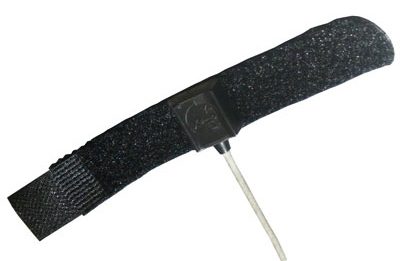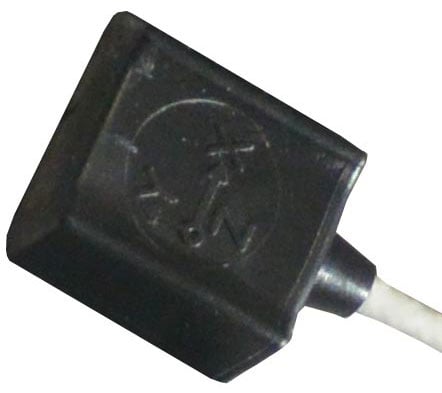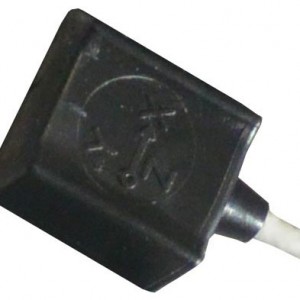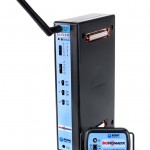Attachment Guidelines
 TSD109A accelerometer includes two Velcro straps for easy attachment to finger (10 cm) or wrist (33 cm); additional straps may be ordered separately in 20, 33, 76, or 137 cm (use part number BN-STRAP-XX).
TSD109A accelerometer includes two Velcro straps for easy attachment to finger (10 cm) or wrist (33 cm); additional straps may be ordered separately in 20, 33, 76, or 137 cm (use part number BN-STRAP-XX).
For other locations, or to prevent cable stress/tugging when the subject moves, which might affect the sensor, the acceleromter can also be taped to the subject. Tape the cable at a point a few inches from the accelerometer board/sensor (the molded part), them make a small loop with the cable after the first taping and then tape the cable again.
MRI applications: Use TSD109A-MRI or TSD109C2-MRI.
For a wireless equivalent, see the BioNomadix Wireless Accelerometer BN-ACCL3.
Part #: TSD109A



Stay Connected